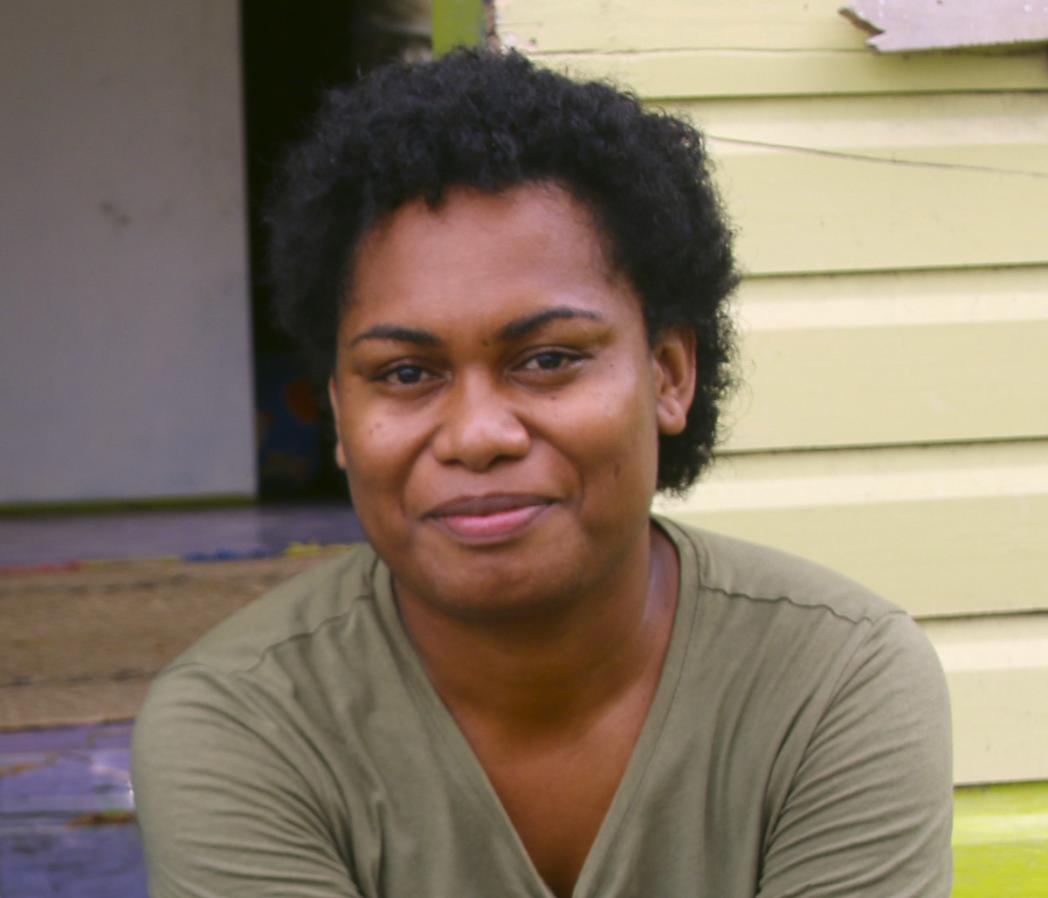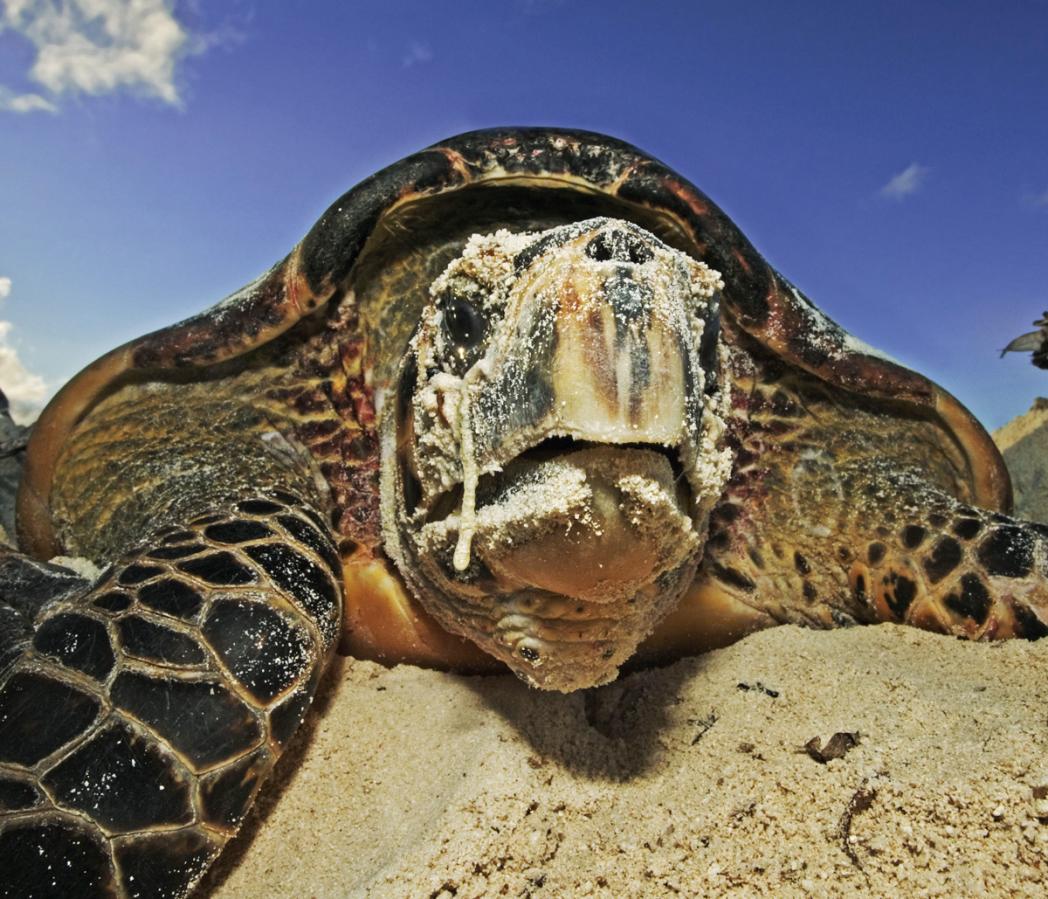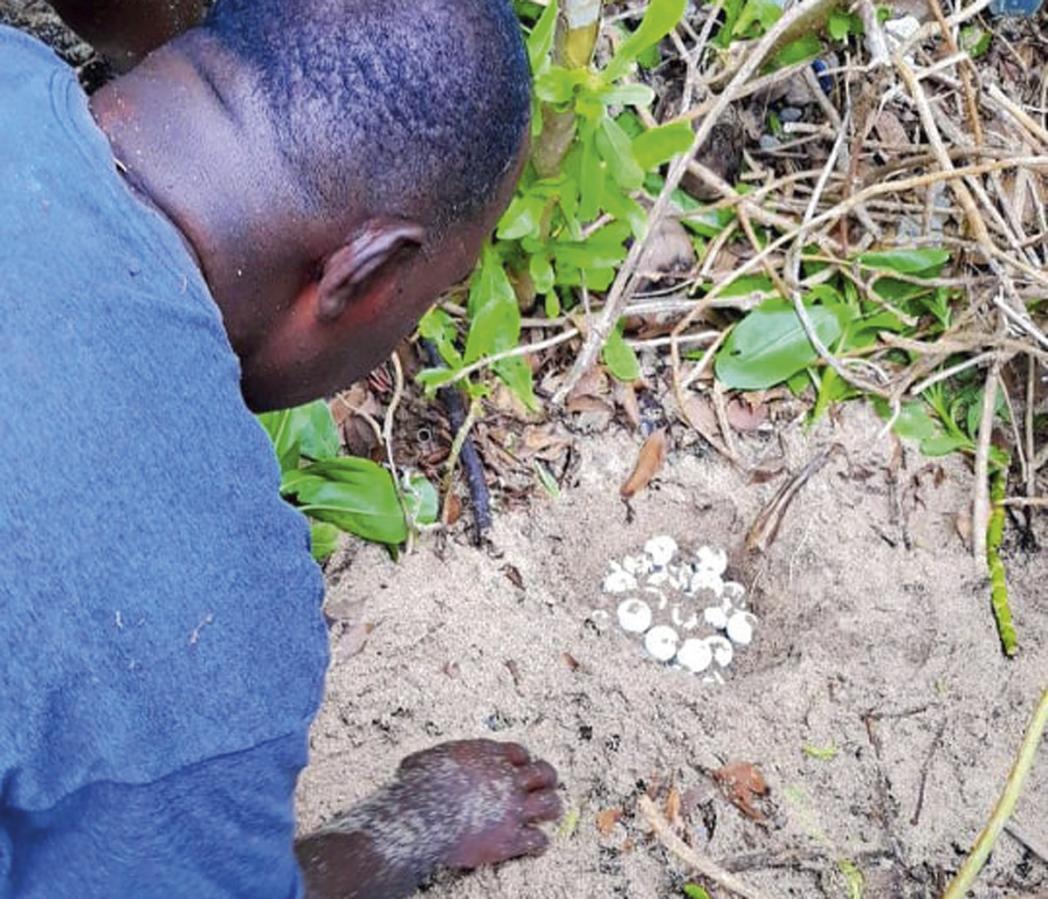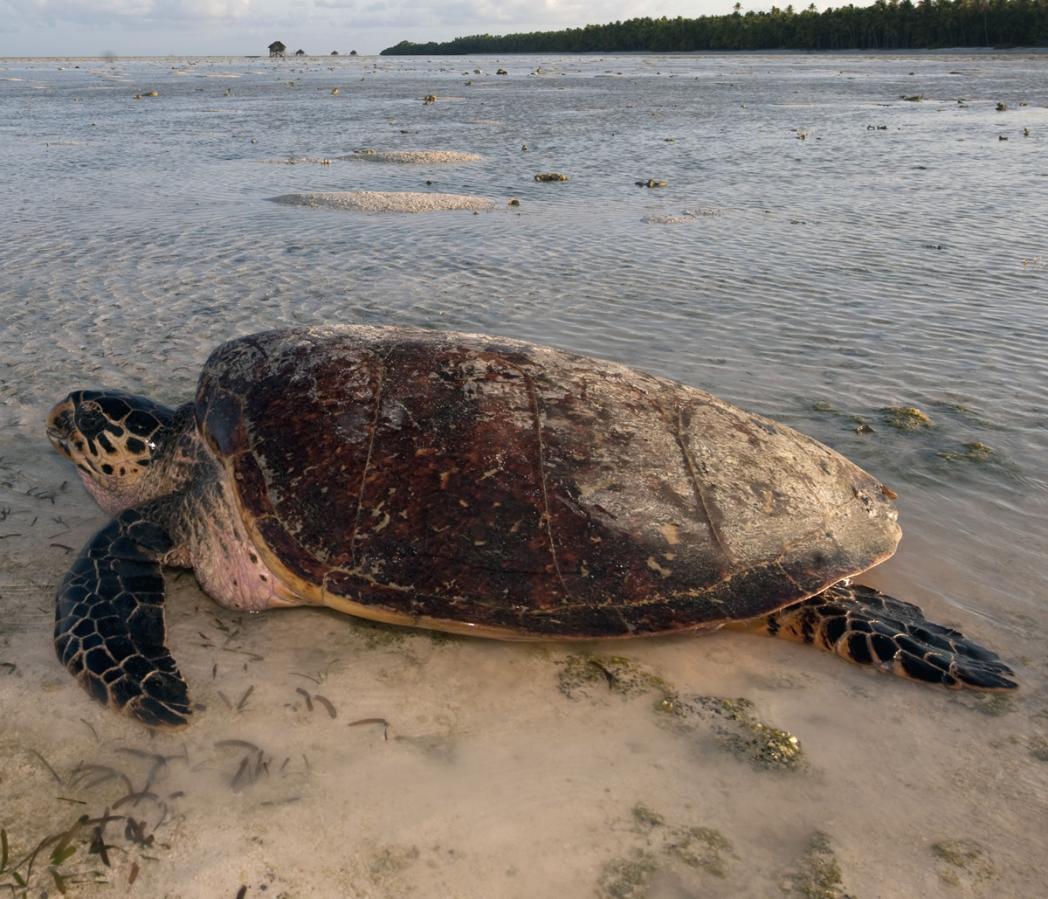
Join Go Wild today!
You’re about to leave the Go Wild website!
Are you over 18, or with your parent or guardian?
If not, please click back to the previous page.

Wild heroes
Tiny turtles need our help – and heroes like Karalaini make sure they get it!

Here in Fiji – a group of islands in the South Pacific Ocean – we study the hawksbill turtles that come up onto our beaches to nest. Their peak nesting months are September to April. We’re studying the turtles to understand how many are nesting here, where and when they nest, and the threats they face. This information will help us to protect them better in the years ahead.

During the day, our patrol teams check the beaches looking for turtle tracks, so they can estimate the number of nests. This is also a chance to count the number of turtle eggs in a nest – it’s more than 100 on average. Isn’t that wild? It’s amazing watching our local turtle monitors – called Dau ni Vonu – use traditional methods to find the nests. Nesting beaches are often far away from the nearest village, so the patrol teams often have to camp out overnight – it’s so cool!

Night time is when the real action happens. After dark the teams are more likely to spot female turtles coming ashore or crawling back down to the ocean after they’ve laid their eggs. When the team comes across a nester heading back down the beach they take the chance to measure and tag her. To help the turtles, the volunteers also clean up the beaches and replant coastal vegetation. This helps to provide shade for nests and stops the beach washing away.

Young hawksbill turtles have a heart-shaped carapace (shell). It gets longer as they get older!